Mucogingival Therapy
Healthy gums are firm and tightly attach around teeth to protect the body from unwanted bacteria, toxins and even daily activities like eating and brushing. Disease can often expose your roots, making you look "long in the tooth." When the diseased gum tissue pulls away from the teeth, the body loses its natural defense mechanism, especially against bacteria of the mouth. If the gums recede, these bacteria are able to invade the tissues that support your teeth. Gum Recession is a problem for many reasons:
- Sensitivity
- Poor esthetics
- High susceptibility to cavities
- Limited protection against bacteria
- Notched roots
- Change in tooth color
Fortunately, Gum Recession can be treated with many Mucogingival Grafting Procedures. These procedures are designed to cover areas of exposed root surfaces with healthy tissue. The procedures we provide are Gingival Grafts, Connective Tissue Grafts and Acellular Dermal Matrix Grafts.
More Information
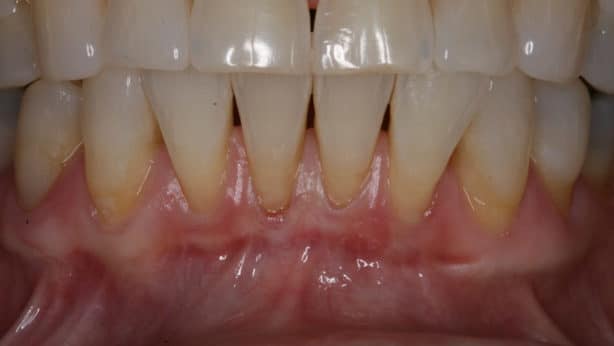
Before
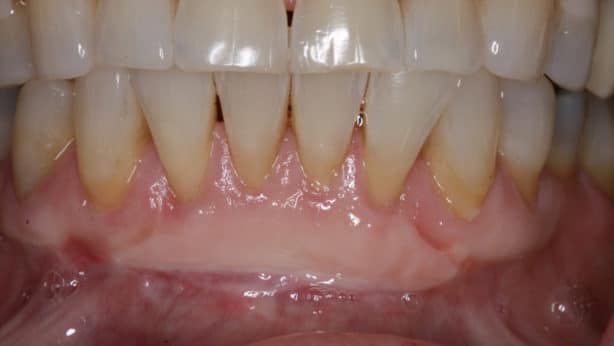
After
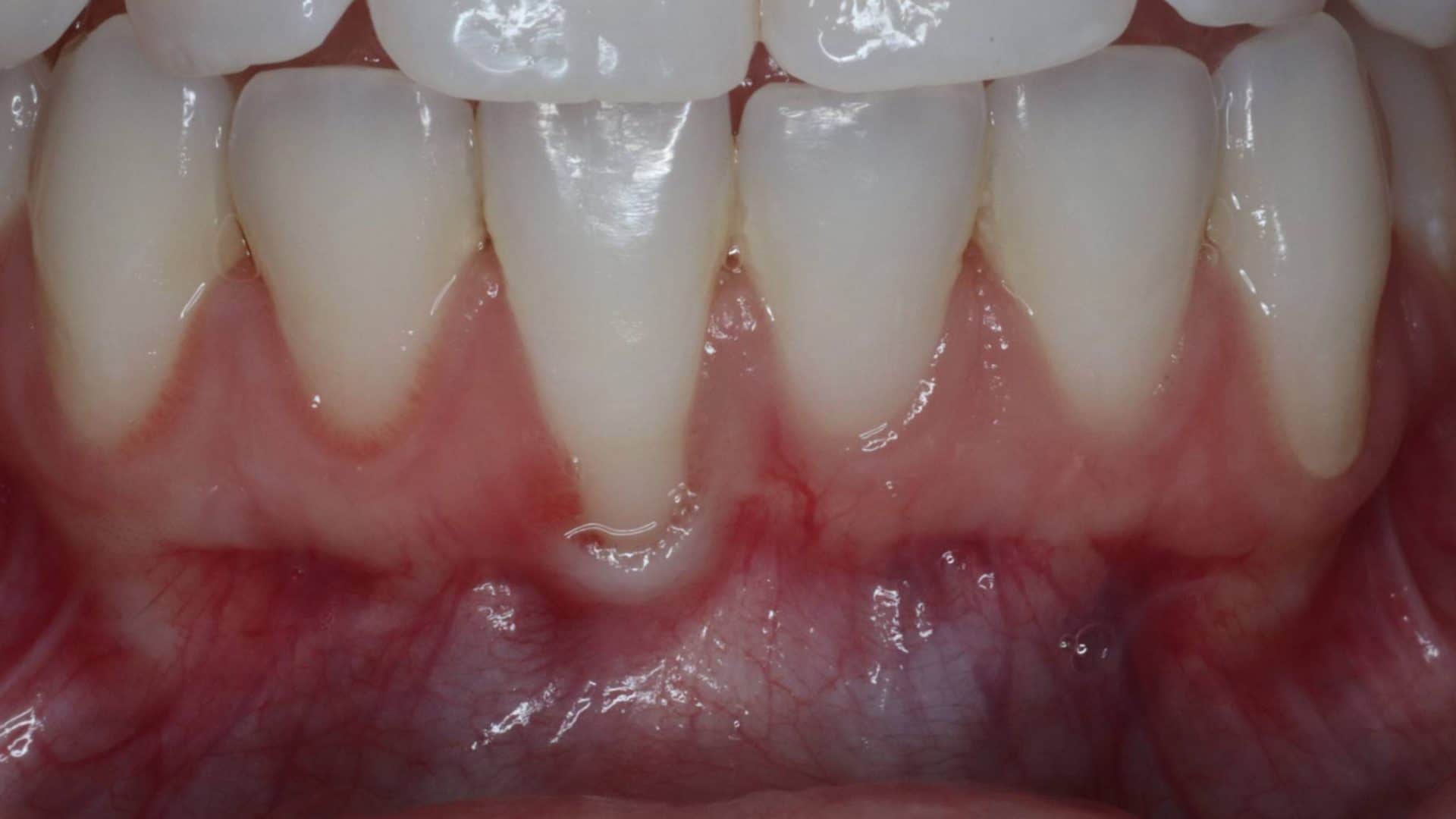
Before
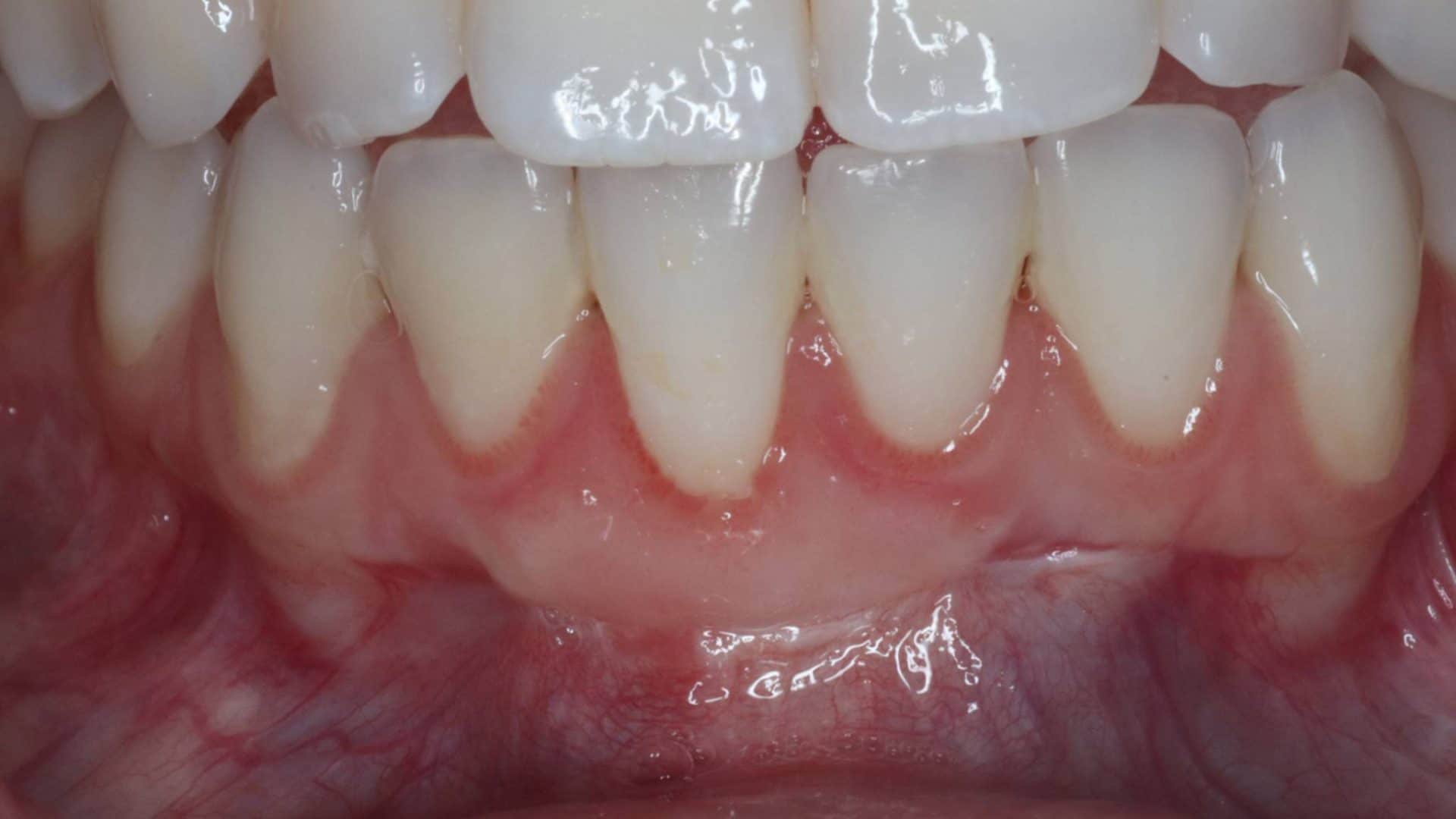
After
The gum tissues surrounding the teeth come in two basic varieties: Mucosa and Gingiva. While mucosa is loose and mobile, gingiva is thick, leathery and more tightly bound to surround the teeth. The gingiva is better suited to protect your teeth against the constant forces of chewing, food debris and bacterial inflammation.
Gingival grafting is a common procedure to augment the zone of gingiva around your teeth. Thick tissue is taken from the palate and transplanted to the site in need. Since the donor tissue is actually quite thin (about 1mm thick), the palate heals after feeling much like a pizza burn. The resulting grafted site is a thick band of gingiva that can be brushed normally in approximately 4 weeks.


Gum Recession can be treated in many ways. Connective tissue grafting provides a method to not only thicken and strengthen the tissue, but also to cover exposed roots.
First a tiny pouch is created around the tooth with recession. Then a piece of tissue is removed from the roof of the mouth. This piece of tissue, about half the size of your pinky nail, is transplanted to the site of recession by suturing it into place. The graft heals after about two weeks when the tiny little capillaries unite with its new home.
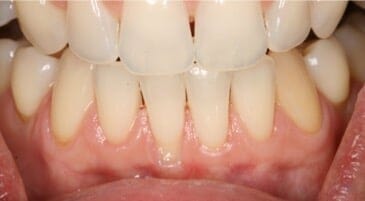
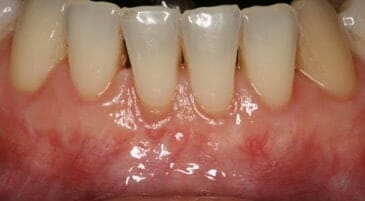
Often times, gum recession occurs on multiple or adjacent teeth. Unfortunately, the roof of the mouth has a limited supply of tissue to harvest. Rather than going through multiple procedures, human donor tissue can be utilized to address several areas. Because we get the same results as other grafting methods, this can certainly be used in single-tooth sites as well. A donor graft is an excellent way to avoid the discomfort from a second surgical site!
